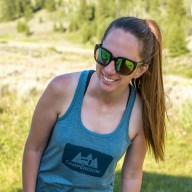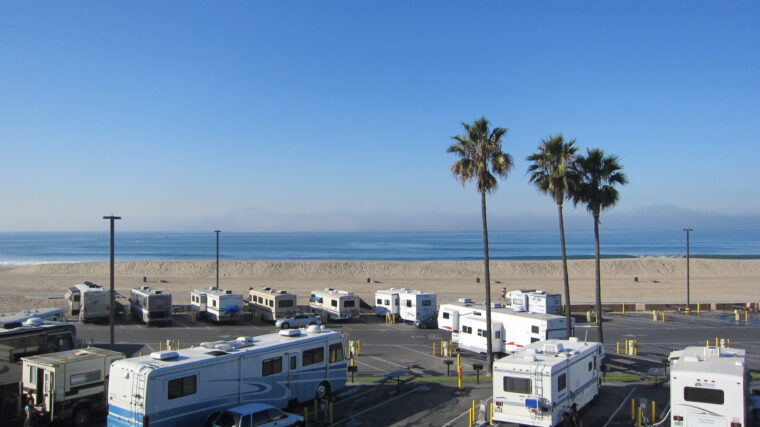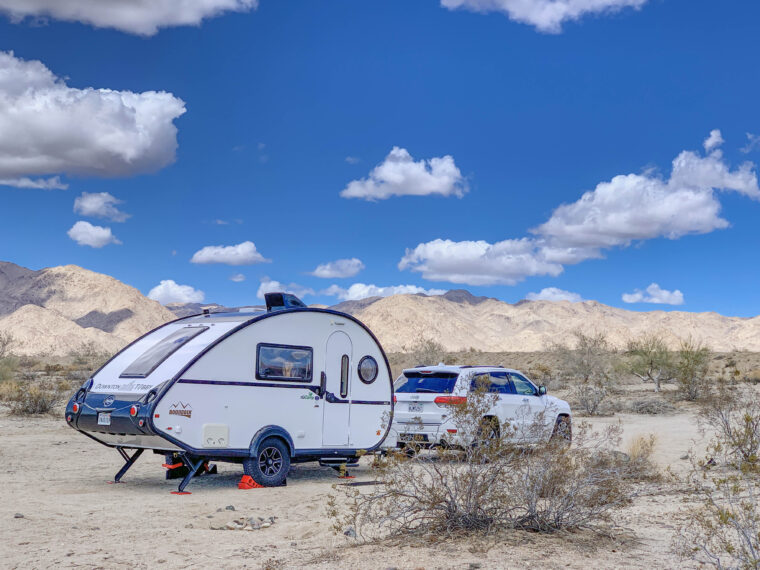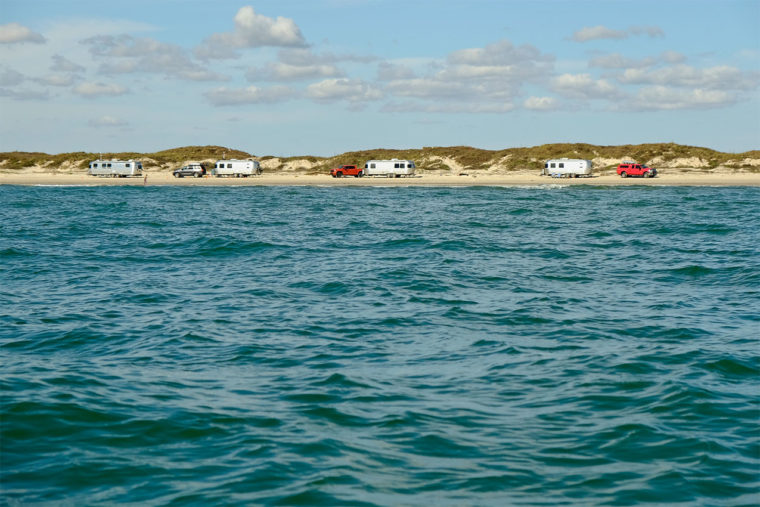Of all the beauty that can be seen in the night sky, the aurora borealis, also known as the northern lights, is perhaps the most spectacular of all.
The northern lights are created by an interaction of particles from the sun that travel toward Earth in a “solar wind.” When that wind hits Earth’s atmosphere and mixes with gaseous particles, the results are stunning bands of light, often in shades of green and pink, but sometimes in yellow, blue, violet, and red.
For many, seeing the northern lights is an experience worth traveling for—and you can’t see them just anywhere. For a chance to experience the beauty of the aurora borealis, you’re going to have to head north.
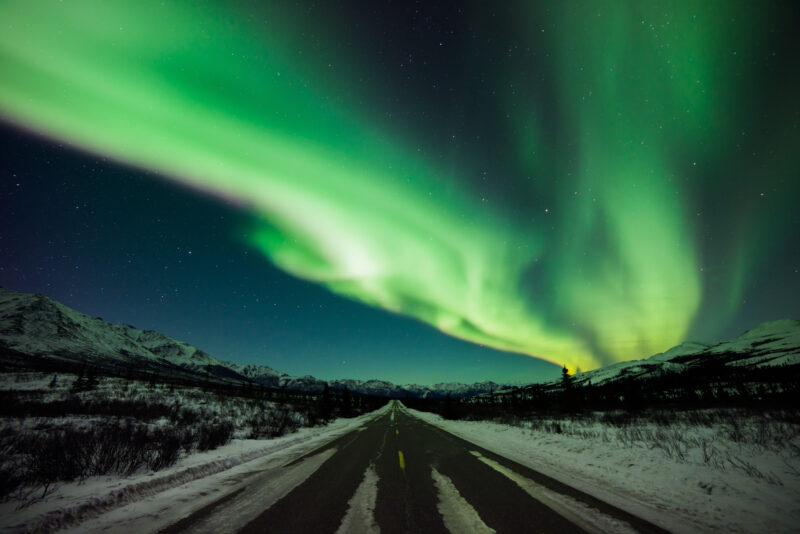
How to See the Northern Lights
Seeing the northern lights requires the alignment of several meteorological factors, all of which are out of your control. But by placing yourself in the right location in the right season, you can greatly increase your likelihood of catching the lights.
Here are factors that will help increase your chances of seeing the northern lights.
Northern Latitudes
The aurora borealis is most frequently seen in the northernmost and southernmost latitudes, in the Arctic and Antarctic circles (in the Antarctic they’re called aurora australis, or southern lights). This is due to the shape of the Earth’s magnetic field and the ability of solar wind to sometimes sneak through at the poles. That being said, on rare occasions, the northern lights can be seen as far south as 35 degrees latitude.
A Clear, Dark Sky
The northern lights can only be seen when the night is dark and clear. The location can’t be impeded significantly by city lights, clouds, or a bright moon—timing your trip to coincide with a new moon is best. Because the northernmost latitudes are light nearly 24 hours a day in the summer, the best times to see northern lights are in the fall, winter, and spring.
Solar Activity
The aurora borealis is most visible when the sun is most active. Solar activity such as solar flares and coronal mass ejections send particles toward Earth and increase the chance of the northern lights occurring in the atmosphere.
Organizations such as the National Oceanic and Atmospheric Association (NOAA) and Aurora Hunter provide northern lights forecasts based on solar activity and the alignment of the Earth and sun.
Where to Camp and See the Northern Lights
Pictured Rocks National Seashore, Michigan
Pictured Rocks National Lakeshore, located on the southern coast of Lake Superior, is a stunning spot to take in the northern lights. By day, the turquoise water beckons kayakers and hikers along the shore and by night, the sky comes to life. The best months to catch the northern lights at Pictured Rocks are October, November, and April.
Where to Camp
- The Pictured Lakes National Lakeshore campgrounds of Little Beaver Lake, Hurricane River, and Twelvemile Beach are open from May 15 to October 15.
- Catchin’ Crickets Campground located in nearby Shingleton, Michigan, is open year-round with limited services.
Voyageurs National Park, Minnesota
Voyageurs National Park is a stunning but remote national park on the border of Canada and Minnesota. Its far northern latitude makes the park a challenge to get to, but once you’re there, a little luck may produce the exact type of light show you’re after.
It’s possible to see the northern lights year-round in Voyageurs, though you’re most likely to see them in winter’s darkest skies.
Want a unique winter thrill? Try driving an ice road across a frozen lake in Voyageurs National Park
Where to Camp
Voyageur National Park’s campgrounds are accessible by watercraft only, so most RVers choose to stay outside of the park.
- Woodenfrog Campground located in Kabetogama State Forest is a popular choice for its peaceful and private sites with cell phone service.
- Ash Riviera Resort offers full hookups, WiFi, and is pet friendly.
Glacier National Park, Montana
The clear and light-pollution-free skies around Glacier National Park make it an ideal spot to see the northern lights. Though it’s hard to think of Montana as anything but northern, it’s located on the southern range of the aurora borealis’ regular reach. Keep a close eye on the aurora forecast to time your trip to Glacier, where the best viewing seasons are fall, winter, and spring.
Where to Camp
- Most campgrounds located in and around the national park are open from May through September. Check out Many Glacier, Fish Creek, and St. Mary campgrounds.
- Apgar Campground offers one loop of first-come, first-served camping through the winter. There’s a vault toilet but no other services.
How and Where to Get a First-Come, First-Served Campsite
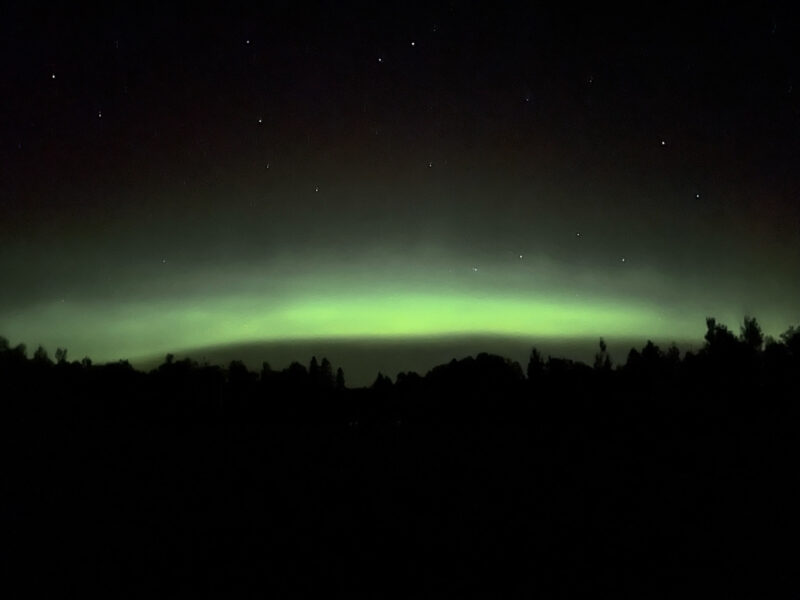
Banff, Alberta, Canada
Cross the border into Canada for even more opportunities to check out the northern lights. Head to the popular destination of Banff for the chance to see the lights shine above the Canadian Rockies’ jagged peaks. You’re most likely to see the aurora borealis from October to May, but you might luck out and see them in summer.
Where to Camp
- Excellent summer camping abounds in and around Banff. Try Tunnel Mountain Trailer Court and Bow Valley Campground.
- In the winter, check out Lake Louise Hard-Sided Trailer and Tunnel Mountain Village II campgrounds.
The Ultimate Guide to RVing in Canada
Whitehorse, Yukon, Canada
Whitehorse, located in Canada’s Yukon territory, is a hot spot for northern lights. The viewing season runs from mid-August to mid-April, but unless you’re planning on spending the entire winter in the northern reaches, it’s best to see them as early as you can and then head south for the long haul back to the U.S.
Where to Camp
- Settle in for a night or two at Robert Service Campground or Long Lake Overlook.
There are many other places to chase the northern lights in the U.S.and Canada. Check out Denali National Park, Headlands International Dark Sky Park, Acadia National Park, and Idaho’s Northern Panhandle.

